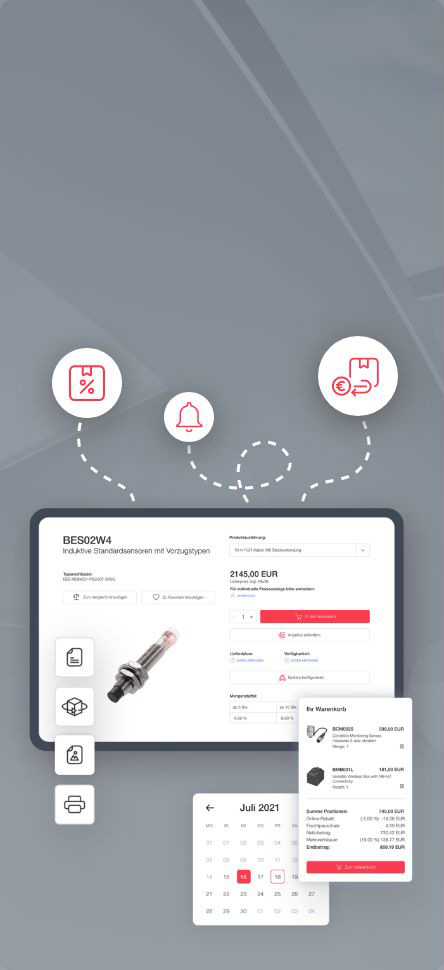Intralogistics in Metalworking
Boosting Efficiency

Reading Time: minutes
Due to the shortage of skilled workers, manufacturing companies in metalworking are automating their production processes more and more. The goals here are, for example, to increase the output rate and at the same time to be able to react flexibly to changing customer requirements.
In order to improve the utilization and overall equipment effectiveness of machine tools, the production engineers plan automation solutions for the automatic loading and unloading of workpieces. For both CNC machining centers and for CNC lathes. Machine tool builders offer appropriate automation equipment as an option with the sales of new machines.

Automated feeding of workpieces
Individual robots typically are assigned to one machine, They offer flexibility for small to medium-sized production batches. Robots are available in different types (articulated robot mostly used in this application) and sizes (depending on the weight of the workpiece).
In manufacturing of large series parts, e.g. in the automotive industry, gantry robots often transport the workpieces. From one machining center to the next. This has the advantage that standard machines do the machining. Production engineers optimize the cycle times and cycle rates for the workpieces. They do this by dividing the individual machining steps (rough machining, pre-drilling, finishing, finish drilling, …) on several machines.
Bin picking
Raw parts in series production are often stored as bulk goods in lattice boxes. Robots or so-called Cobots remove the workpieces from the lattice box and feed them to the processing machine. 3D cameras provide information for correct gripping of the object to the robot control system.

Identification of objects for lot size 1
To achieve a highly flexible production of individual parts, the machine control needs to know which workpiece will be processed in the next step.
Optical codes like barcode or datamatrix codes offer the possibilities of serialization as a basic condition for the setup of a smart factory
For a long time, RFID has been established for the identification of cutting tools in milling centers. The RFID data carrier is located in the tool holder (steep taper SK, hollow shank taper HSK, …) or in the pull stud.
RFID now finds its way to the application field of workpiece tracking.

This way, RFID combines the use of tool identification and tracking workpieces in production. RFID processor units with multiple interfaces to connect several RFID read/write heads realize an economical communication to the machine control system.
The current activities to standardize interfaces in the area of location technologies for intralogistics will open up additional application fields for RFID.
Conclusion
The core technologies of machine tools (such as CNC machine control, optimization of cutting processes) have made tremendous progress in metalworking in the last few decades. Now the focus is on the periphery, on optimizing the logistical processes for workpiece handling.
Related topics
Keywords
- IO-Link
- Innovations
Author
Martin Kurz has been involved in industrial automation technology for many years. He occasionally publishes his product and application knowledge in the field of metalworking and life sciences in blog posts.
6 Contributions
Comment
Popular posts
Rooftop deflection control in an industrial hall
Unlocking Efficiency with Balluff's BCM Sensor: A Comprehensive Solution for Condition Monitoring
Continuous compressor monitoring
Customized Solutions for Automotive Industry Excellence
Contact form
Do you have any questions or suggestions? We are at your disposal.
Balluff GmbH
-
Schurwaldstraße 9
73765 Neuhausen a.d.F.

 Products
Products


